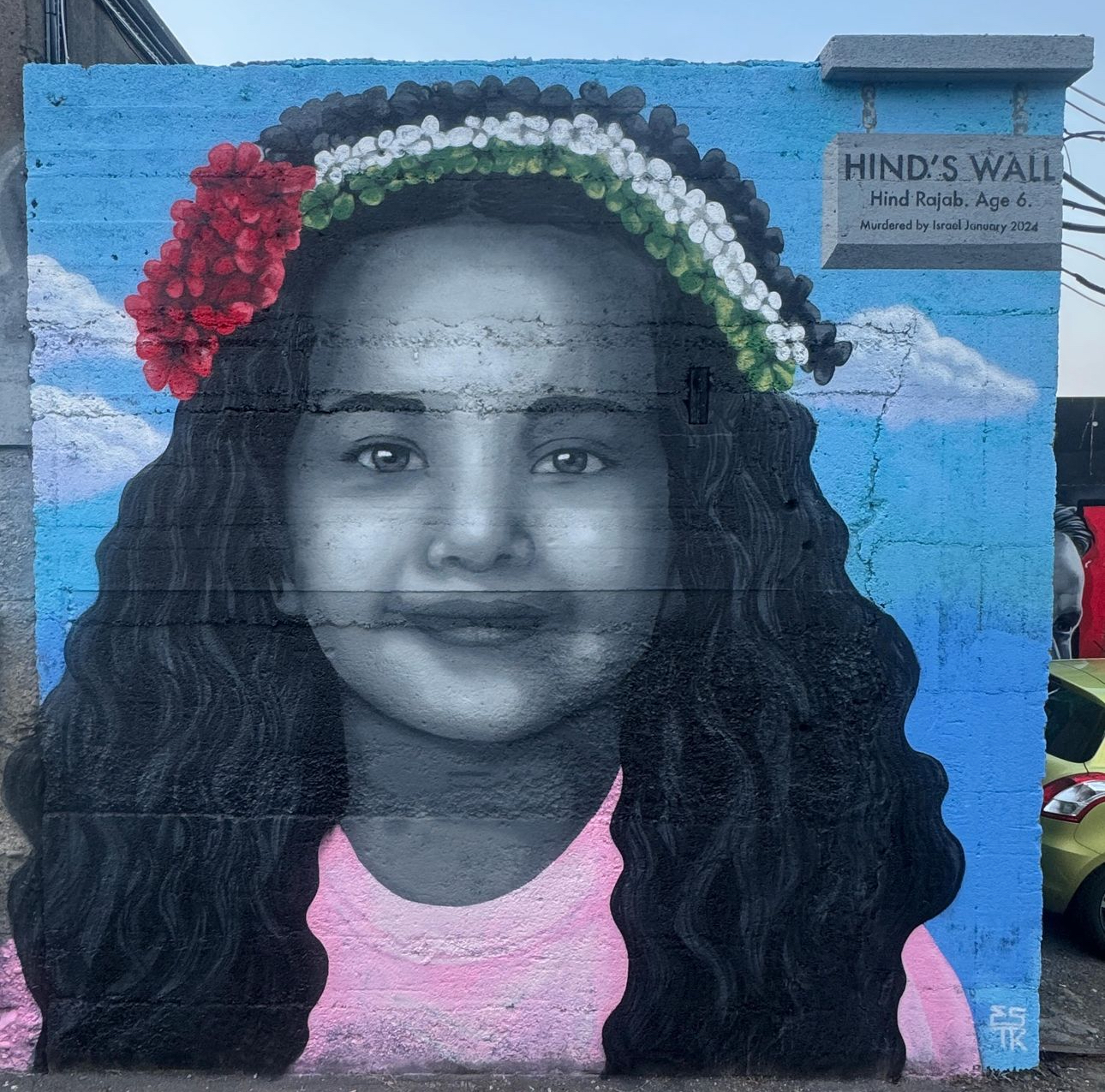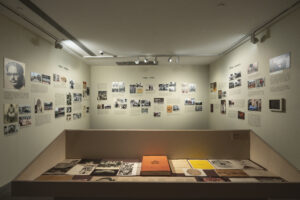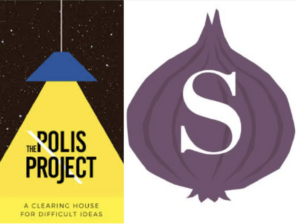
Emmalene Blake On Making Street Art For Palestine
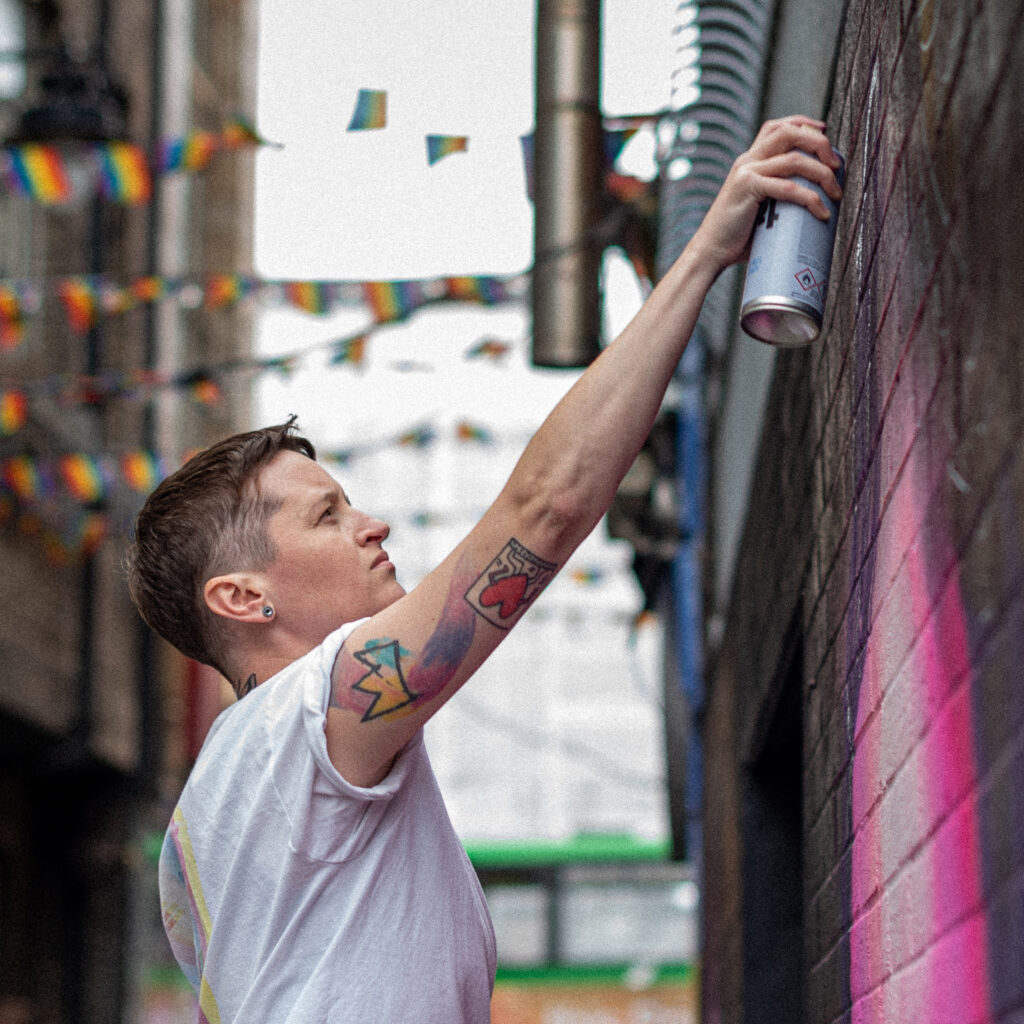
Emmalene Blake has been painting large-scale public portraits of children and women murdered in Palestine in the last year. Not new to the social justice scene, the Dublin-based mural artist, teacher, and activist has used portraiture to memorialize the dead and sound a wake-up call to the rest of us.
Born and raised in the neighborhood of Tallaght in Dublin, Blake was interested in street art from a very young age. They went on to pursue a degree in Fine Arts, but the lecturers did not show any interest in street art, which has never been considered the most valued or legitimate art form. From the very start, however, Blake’s art was always political: when they felt strongly about an issue, they felt compelled to paint about it.
Over the years, Blake has received national attention for murals that expose both local and international injustice. War, hunger, poverty, homelessness, racism, sexism, and homophobia are just a few of the interlocking systems of oppression they highlight in their work. Since October 7th, 2023, their attention has turned to the victims of genocide in Palestine.
After Israel bombed Rafah in southern Gaza on October 21, 2023, Palestinian photojournalist Mahmoud Bassam captured one of many tragic moments in a widely circulated photograph. In it, Palestinian journalist Samia Al-Atrash has wrapped her arms around the lifeless body of her two-year-old niece Masa, who’d been killed in an airstrike along with her four-year-old sister, Lina, and their parents. Deeply moved by the photo, Blake painted it into a mural.
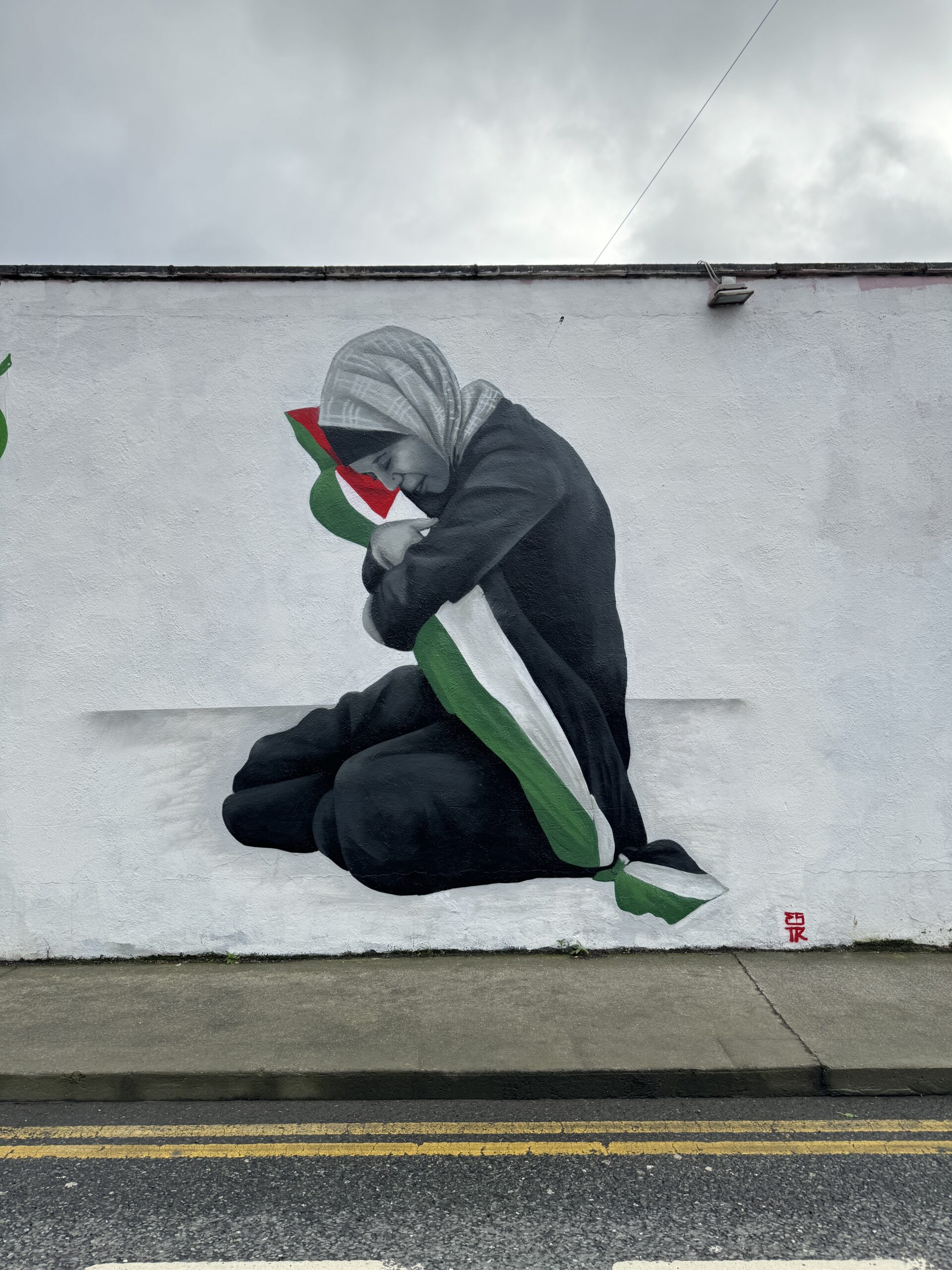
Their commitment to the cause doesn’t end when the paint dries. Blake doesn’t just paint; they post, re-post, fundraise, educate, and collaborate with people all over the world to raise awareness and push for support.
Blake posted a video of this mural on Instagram with the caption “stop the genocide,” adding that the images and videos coming out of Palestine were “some of the most upsetting images” they’d ever seen, akin to those they saw in Auschwitz. “At least 10,000 Palestinians have been killed, Blake warned at the time, on November 5, 2023. “It needs to stop.” The post went viral and ended up reaching Al-Atrash, who told them all about her nieces.
As Blake went on to make several posts on Instagram relaying Masa and her family’s stories, their friendship with Al-Atrash grew. In one post, Blake explained that Al-Atrash wanted to hug Lina too, but Masa was the “only one who remained whole.” Masa’s dead body “flew from the force of the missile over the roof of the neighbour’s house,” Blake wrote. “The rest of the family were found in pieces under the rubble of the house.”
With Blake’s and other’s help, Samia Al-Atrash, and her cousins Soha and Abdel were successfully evacuated out of Gaza into Egypt. Unfortunately, Soha’s husband and Samia’s brother were registered for evacuation but Israel took over border before they could get out. They are currently still in Gaza, trying to survive.
I first met Blake back in August of 2021 in a cafe in Dublin while they were painting a large advertisement for a new television series. “Getting paid for adverts allows you to paint what you want later,” explained Blake, who was accompanied by fellow artist and collaborator Holly Pereira.
Both artists agreed that women and non-binary people painting in the street is political because street art has been dominated by cisgender men. They’re both often heckled by passersby who disagree with their messages, especially for painting about issues related to abortion rights, homophobia, and transphobia, to name a few.
Blake and Pereira also lamented the bureaucratic challenges to get permission to paint on building walls that can be hard to come by. The free zone areas where you can paint without permission are mostly temporary structures that street artists flock to, in order to get their work up. These works are transient: you can paint something one day and it might be tagged or covered up within hours.
More recently, Blake and Pereira collaborated on a mural this January in support of the journalists in Gaza who risk their lives every day. They commemorated Palestinian journalist Wael Al-Dahdouh, Bureau Chief of Al Jazeera in Gaza City. In an Instagram post, Blake dedicated the mural to Al-Dahdouh “for relentlessly showing the world what is happening in Gaza- both the strength and humanity of the Palestinian people, and the crimes Israel is committing against them.”
“Free Palestine,” Blake wrote in another post featuring the mural. “Stop the genocide. Stop the targeting of journalists.”
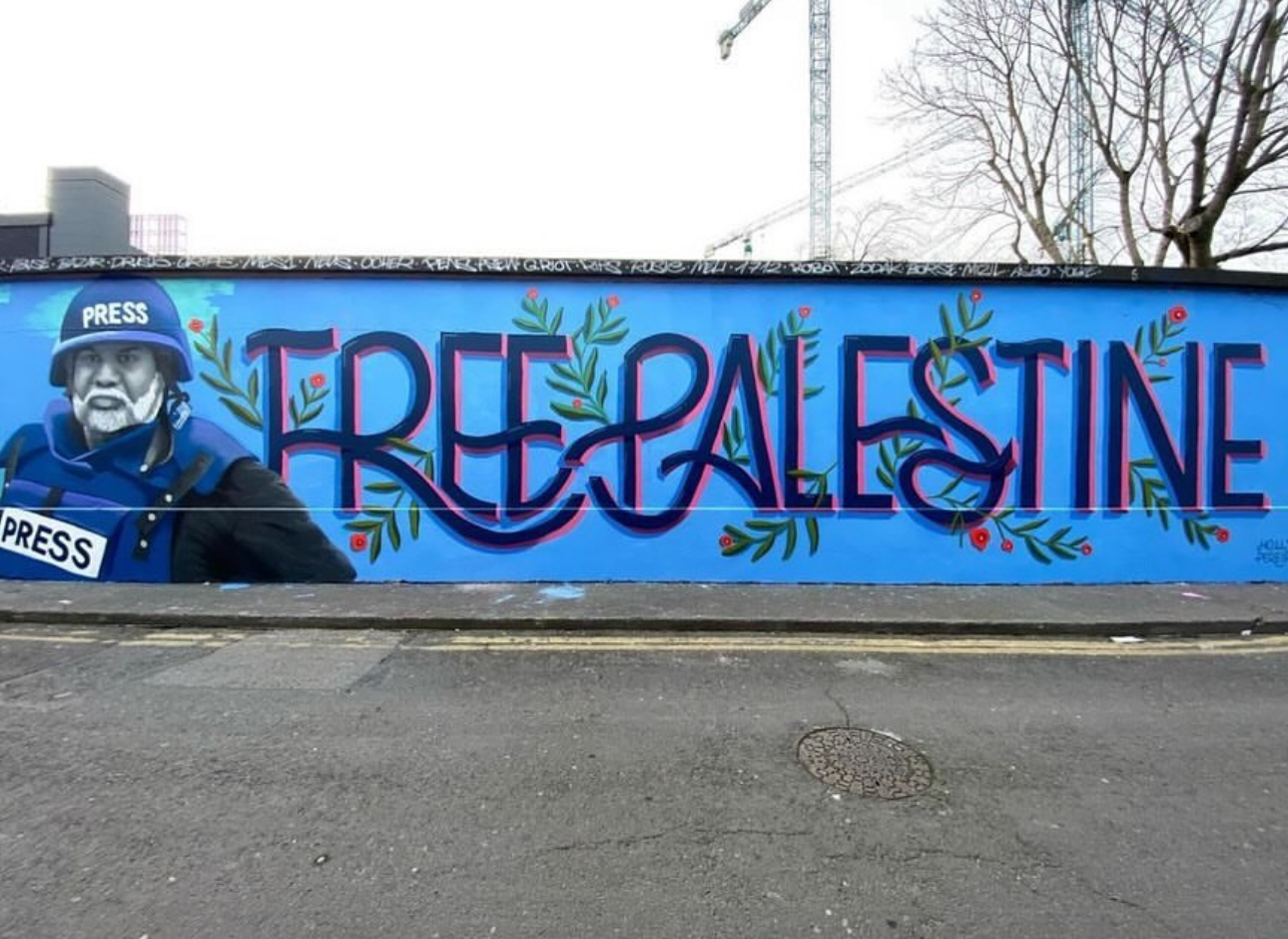
I had the opportunity to speak with Blake again on September 25, 2024, to find out more about their Palestine murals and accompanying efforts to fundraise for the evacuations of Palestinians out of Gaza. What follows is an edited excerpt from our conversation.
SZ: How do murals contribute something different to social justice movements than other types of visual art?
EB: They are out on the street. With artwork in galleries, people have to make a conscious decision to see it. But with street art it’s out in the open for everyone to see. Street art can reach people who aren’t online in local communities and maybe make them stop and question what this is about.
This is especially true with the news on Palestine. Western media is completely biased. Even our Irish national broadcasters are still referring to the genocide as the “Israel-Hamas War” or “Conflict.” But Irish media is not half as biased as American, German, or many other national media. If people aren’t on social media, they aren’t seeing the imagery and the videos coming out of Gaza.
I’ve seen so many horrific videos and images of children being pulled from the rubble—and not once have I seen someone with a weapon being pulled from the rubble. Not once. So, if people aren’t online—and so many aren’t—they can’t fully grasp what’s happening, because they are only seeing what the biased media is giving them.
SZ: How did you decide to paint the mural of Samia and Masa?
EB: I saw Mahmoud Bassam’s photograph of Samia and Masa online and it broke my heart.
It’s an image etched into a lot of people’s minds; it was the first image of the genocide that broke me. When I saw it, I knew I wanted to paint it, so I contacted Bassam and asked for permission. The only alteration I made was that the shroud covering Masa’s body was a Palestinian flag.
SZ: Tell me a little bit about your fundraising for Palestine and Samia’s family in particular.
EB: I have raised money for the Palestine Red Crescent Society and Medical Aid for Palestinians. More recently, I’ve been raising money for individual Palestinian accounts. I started with charities, but since my relationship with Samia, I know more people in Gaza and how to get the money directly to them. I don’t want to put people off donating to charities because they are doing amazing work. There are small bits getting in, but not many people are handed aid. People are forced to pay crazy money for basic survival needs.
I work most closely with Ciara Cronin, who founded the Tea Collective. She runs fundraisers for Palestinian families and works to verify family accounts so donors can be confident their donations are going to genuine Palestinian families who desperately need it to survive.
Originally, I sent over the money from my savings to get Samia and her 86-year-old grandmother, Fatima Hassan Al-Atrash, out of Gaza, because there was no time to raise the funds. Samia told me there were quadcopters everywhere shooting people. Samia’s friend Sarah found someone in Egypt to book the evacuations, but then Fatima was too sick to travel. As a result of extortionate evacuation and agents’ fees, and Fatima’s poor health, due to lack of medication and clean water, she died on June 5, 2024, before we could help her.
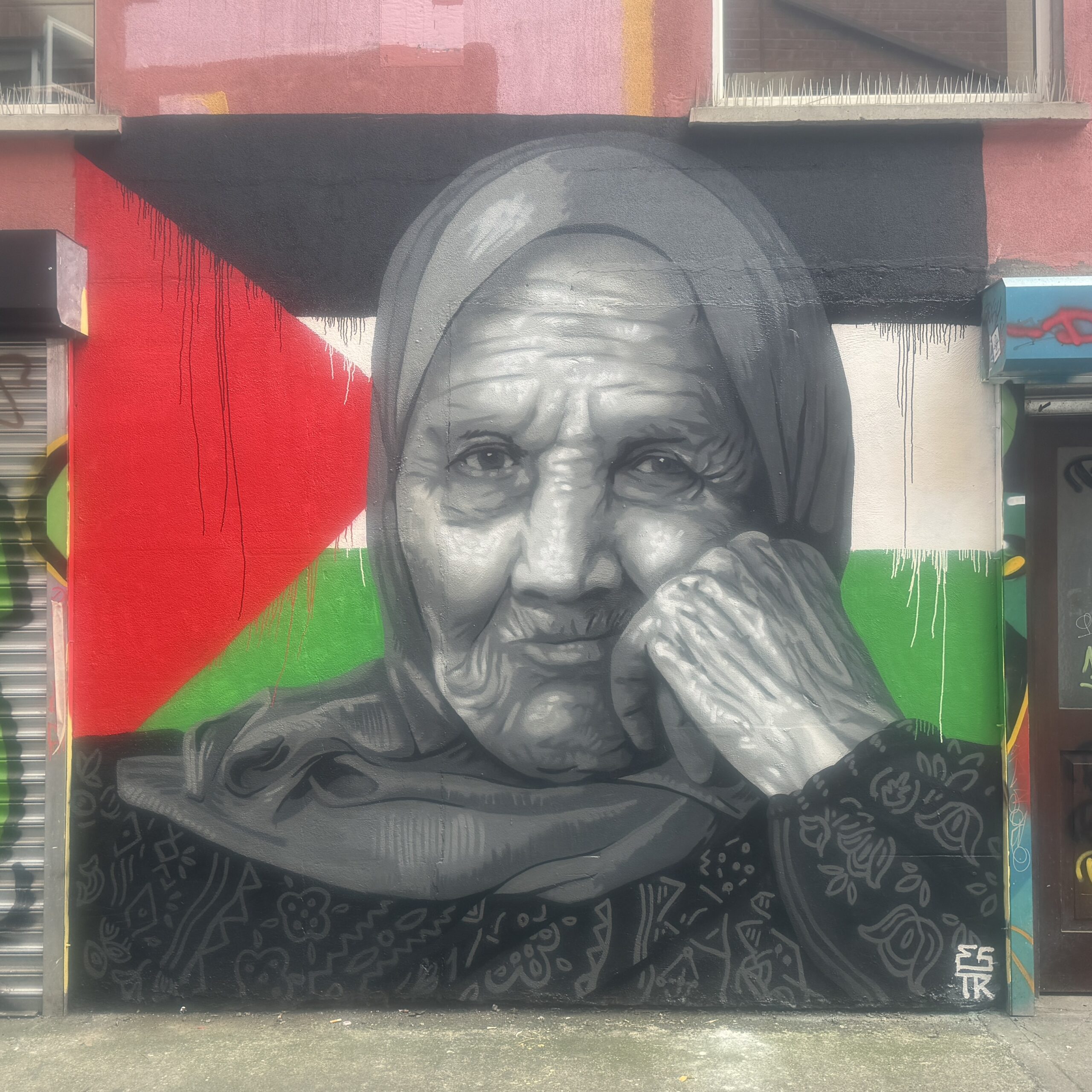
SZ: How does the evacuation process work, even though now it is impossible to get people out?
EB: Evacuations are ridiculous money. The travel agency we had to use in Egypt made a lot of money this way. At first, we were told $5000 each for Samia and Fatima before she died, but found out it would be more than that, because we had to pay agents to book it. So, we paid more.
It ended up taking 40 days to get Samia out to Egypt. Part of the problem—we found out later—was that she was supposed to be registered as an individual, but the agent registered her with two men we didn’t know. The travel agency was in Egypt but Israel had to okay the registered names, so if you had the surname of someone suspected to be in Hamas or you were a man of a certain age, your evacuation took a lot longer or could be denied. Once Samia and her family members entered Egypt, it took more people to help them find long-term residences and they received tons of support from another woman named Sarah who lives in America and has family in Egypt who reached out wanting to help. Without their help, we would have struggled to find suitable accommodation for Samia’s family.
We also registered Samia’s cousin, Soha, with the help of their friend Ahmed who was in Egypt, but it was more money: it ended up being $8500. But she got out in about a week even though Samia was registered a month before her. Meanwhile, Samia was using some of the original money sent over to survive. I remember at one-point Samia called me. She passed the phone around to her family and I got to talk to them about helping them get out. Soha had just gotten out and it really gave them a lift. Samia finally joined her a few days later. So, we set up a fundraiser for more evacuations for her family I spoke to on the phone.
We did register Samia’s brother and one of her cousins who did manage to get out. We registered Soha’s husband and when his name was called on a Sunday at the beginning of May 2024, he showed up but there was an admin error, so the authorities told him to come back on Wednesday. But Israel took over the Rafah border on Tuesday and so he didn’t make it. Samia’s brother’s name wasn’t called before they took over the border. In the end, we couldn’t get the rest of them out.
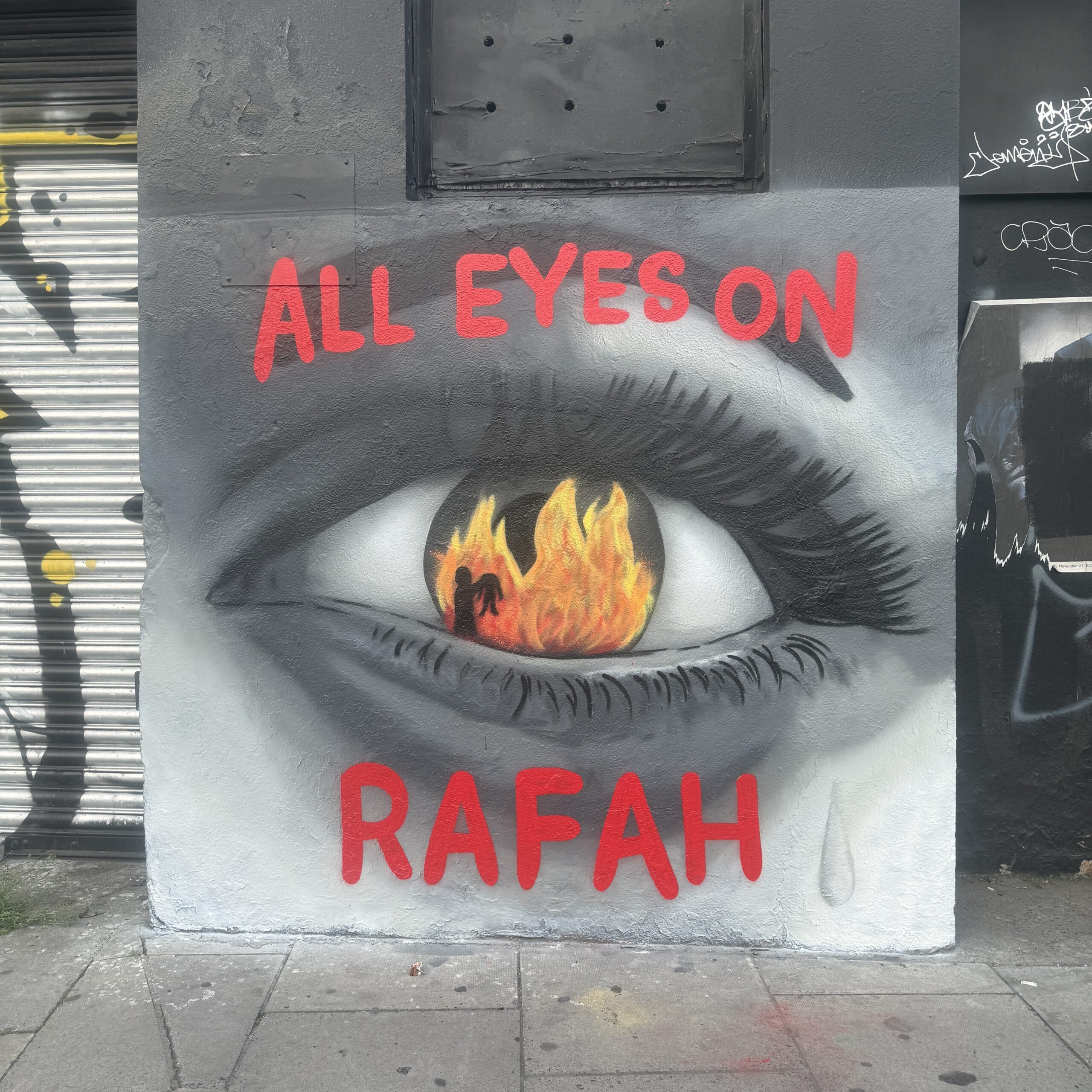
SZ: You saw a photo, painted a mural, and the woman in your mural thousands of miles away contacted you. Then you along with some others were able to get her and some of her family evacuated from a war zone. What would you say to people who claim they are just one person and don’t know what to do to help?
EB: Everyone is just an individual—if everyone says that and does nothing, then nothing will change. But if everyone who wants to help does something, that’s a lot of people, who can hopefully make a lot of difference. Find others who want to help, if not in your life then online. There were many people that joined together to help Samia and her family and there are countless others helping every day.
This is going to be a shameful time in history. We’re all going to look back and feel shame. But maybe try and make it so you can also look back and say you genuinely tried; you did everything in your capacity. You shouted at the top of your lungs, and you used whatever means you had.
Even on an individual level, if you think you’re one person how can you make a difference in the world, then just pick one person to make a difference in their world. Pick an individual, or a family. Do everything you can to support them, donate (if you can afford to), share their fundraiser account, do some fundraisers for them – anything, a flea market, a bake sale, table quiz, run in a half marathon on charity race, charity football match, or use whatever skills you have – make jewellery, offer tarot readings, cross stitch watermelons, tie dye T-shirts, paint nails. My ex’s kids are making bracelets and shrink art key rings to sell at a Palestine event I’m organising. They’re 9 and 11. Everyone can do something.
Get involved with local groups. Palestine solidarity groups exist everywhere, and they can give you guidance about how to help. Not everyone is in a position to donate money, and if you’re not confident you can raise money there’s plenty of other ways you can help, like taking part in protests, boycotting complicit companies and advocating to your representatives.
We had been fundraising to evacuate people in Gaza, but now all that money is being used for people to survive. Check out The Tea Collective – which has a list of verified family GoFundMe accounts. Operation Olive Branch—is another one. I have loads of links in my linktree on my social media accounts.
SZ: Is creating street art cathartic in some way?
EB: I wouldn’t use the word “cathartic.” For something to be cathartic, it helps you deal with it—but also helps give resolution to it. Nothing will be resolved by painting. But it does help me channel my anger, hopelessness, and grief. I still feel the same afterward, but it helps me channel it in a way that—I hope—amplifies Palestinian voices, so I can raise awareness.
